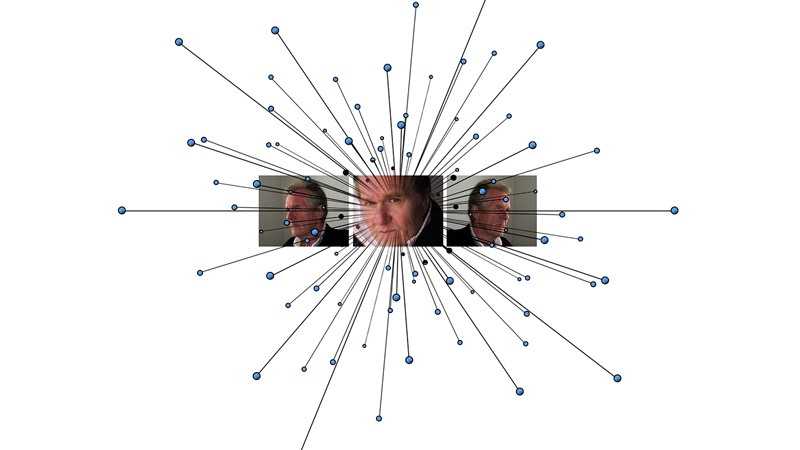What is Artificial Intelligence (AI)?
Artificial Intelligence is by far one of the most fascinating and astounding creations ever made in the history of mankind. With the advent of its invention, there is still a large domain that is yet to be explored. In fact, its real-world application to date is probably the tip of the iceberg. In the past few years, there has been rapid growth in the domain of AI, making it one of the most lucrative industries.
Looking at its exponential growth, there’s a huge future prospect for Artificial Intelligence. That is why, we have curated this article, to enlighten our readers to the vast world of Artificial Intelligence.
In Layman terms, Artificial Intelligence can be used defined as a branch of computer science that can simulate human intelligence. AI is implemented in machines to perform tasks that actually require human intelligence. If you are wondering, what is ai? Some of their primary function includes the like of reasoning, learning, problem-solving and quick decision making.
At the core of it, Artificial Intelligence is nothing but algorithms with certain sets of rules. AI systems have the ability to learn from the iteration of tasks where the computer data (aka machine learning algorithms) are fed to the system. This is exactly how, machine learning can actually get better at doing their specified tasks, without any external interference.
Different Types of Artificial Intelligence
Artificial Intelligence can be further classified based on its complexity to replicate human intelligence. These characteristics refer to their real-world usage, along with the technology involved. This breaks down AI into real and hypothetical systems. The Different types of AI are as follows:
Artificial Narrow Intelligence (ANI)
Artificial Narrow Intelligence (ANI) also commonly known as Narrow AI or Weak AI is the only realistic AI human has achieved so far. This particular approach towards AI is goal-oriented and can perform only designated tasks. Some of the examples of Narrow AI include face recognition, voice assistant, and everything similar that can perform only specified tasks.
From the outside, these machines might seem intelligent, but their operation is always under certain constraints and bounding. This is only of the primary reasons, they are termed as Weak AI. Instead of replicating human intelligence, Narrow AI is best suited for simulation with constrained parameters.
Artificial General Intelligence (AGI)
Artificial General Intelligence (AGI) is also commonly known as Deep AI or Strong AI. It is a conceptual idea where AI can mimic human intelligence. AGI has the capability to learn from its iterative tasks and assist in problem-solving.
In fact, Deep AI has the capability to think and understand, similar to that of humans. But, as of now, researchers have not completely achieved strong AI. In order to successfully create Strong AI, machines need to be conscious while offering them a plethora of cognitive abilities.
Artificial Superintelligence (ASI)
Artificial Superintelligence (ASI) is a completely hypothetical situation where machines can become completely self-aware, even surpassing the likes of human intelligence. As of now, Superintelligence only exists in dystopian science fiction.
The idea of Artificial Superintelligence is that at a certain point in time it can actually understand human intelligence while experiencing the time. They would create their own belief system with their own ideology.
Artificial Intelligence Vs Machine Learning

Artificial Intelligence is the umbrella term used to mimic human intelligence. On the other hand, Machine Learning (ML) is a subset of Artificial Intelligence (AI) that enables a machine to think independently and make choices without any external influence.
Traditionally, AI was programmed with a certain set of roles based on which they could act. These are formed by simple if-else statements. But, ML enables these devices to act based on the data they collect.
Comments
Post a Comment